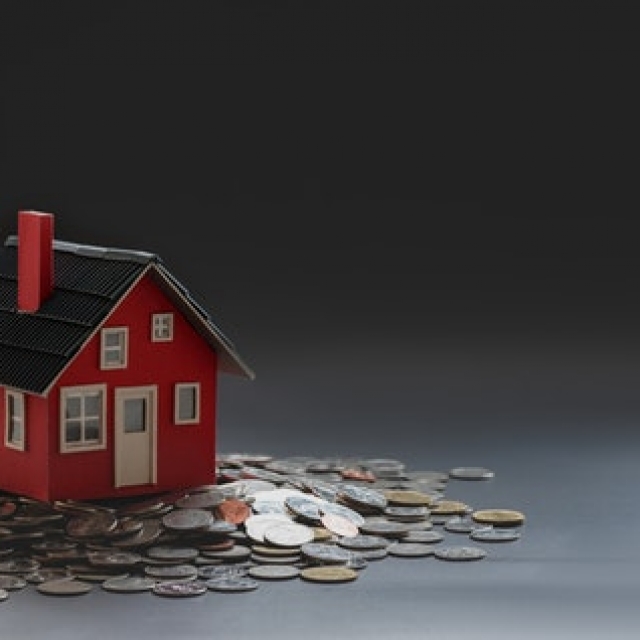Home Improvement Loans
Your home is your castle. While this much is true, castles don’t stay majestic and noble by themselves. Even the great Kings and Queens of the past needed to make repairs and improvements. It’s not the type of thing you’ll read about in a history book, but we can guarantee that every royal family had a royal team of folks diligently working away to make sure the castle was in tip-top working condition.
A home improvement loan is designed with one sole objective - to purchase the materials and/or services to make an improvement(s) to your home. An improvement is different from a repair. A repair is bringing a feature back to its original state. For example, if your roof is leaking you fix the roof, thus bringing the roof back to its original form. A home improvement loan is designed to finance the complete replacement of your roof, an evident improvement to your home. The reason why this difference merits discussion is because a home improvement loan is tax deductible if you prove that the item you worked on resulted in a tangible improvement. If you’re simply repairing things around the house with the loan then Uncle Sam isn’t going to help with the bill.
There are several types of home improvement loans available. One of the most common is a personal loan. A personal loan is an unsecured loan, and you won’t need to put your home up as collateral to secure it. Personal loans typically carry higher interest rates compared to some of the other loans we’ll be discussing, but they’re great for small projects. The application process is quick and the funds are available (depending on your credit) in 48 to 72 hours. A HEL (home equity loan) is a loan where you borrow against your home’s equity. Most folks with a mortgage have a decent if not substantial amount of equity in their home. To calculate your equity, you’ll need to assess your home’s value and then subtract what you owe back to your lender.
HELs are quite common, and they’ll carry lower fixed interest rates than personal loans because they’re tapping into your equity. If you fail to repay the loan or default, your equity is at stake and this is attractive for lenders. Similar to a HEL is a HELOC (home equity line of credit). The HELOC is best compared to a credit card. The line of credit you receive is revolving, meaning you can borrow off it, repay, and then borrow again over time. A HELOC makes sense with long-term improvements, or multiple improvements you plan on making over a two-year period, for example. One thing to watch out for with a HELOC, however, is the lender can change the repayment terms and the interest rates are adjustable.
Lastly, before pursuing a home improvement loan, make sure your credit is in decent shape. This will affect the loan terms and could save you considerable money over the long term. A shoddy credit score can really hurt you once the time comes along to apply for a loan. There are several things you can do to boost your score, so spend some time on that in the short-term.


Comments:
Login to leave a reply